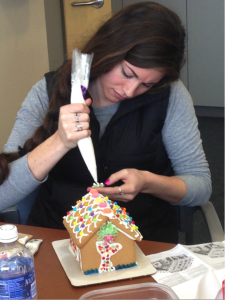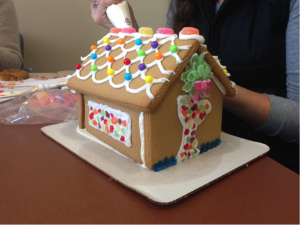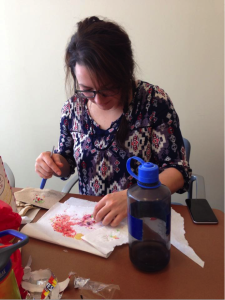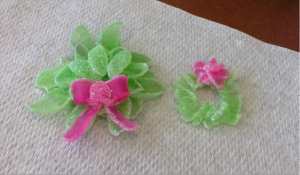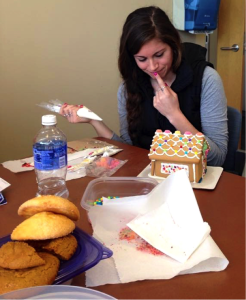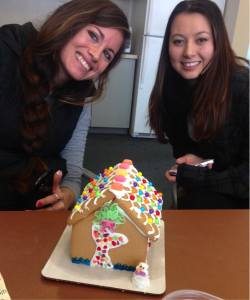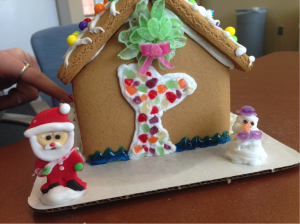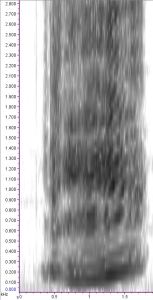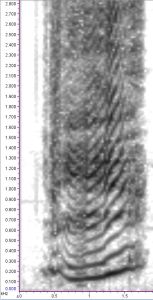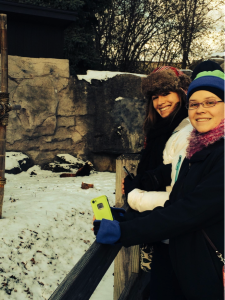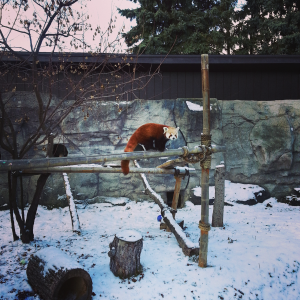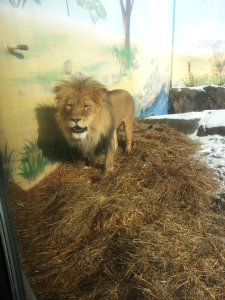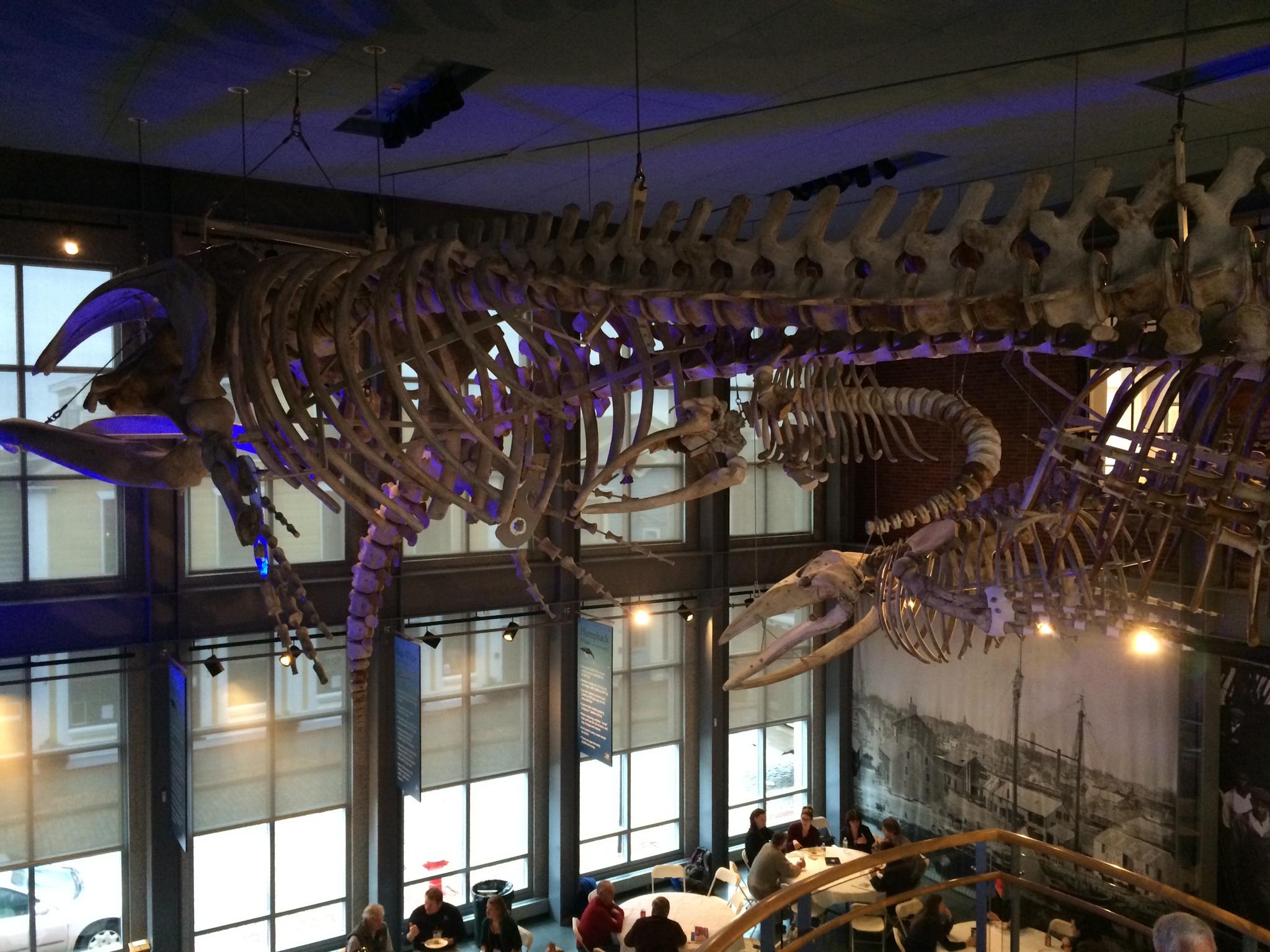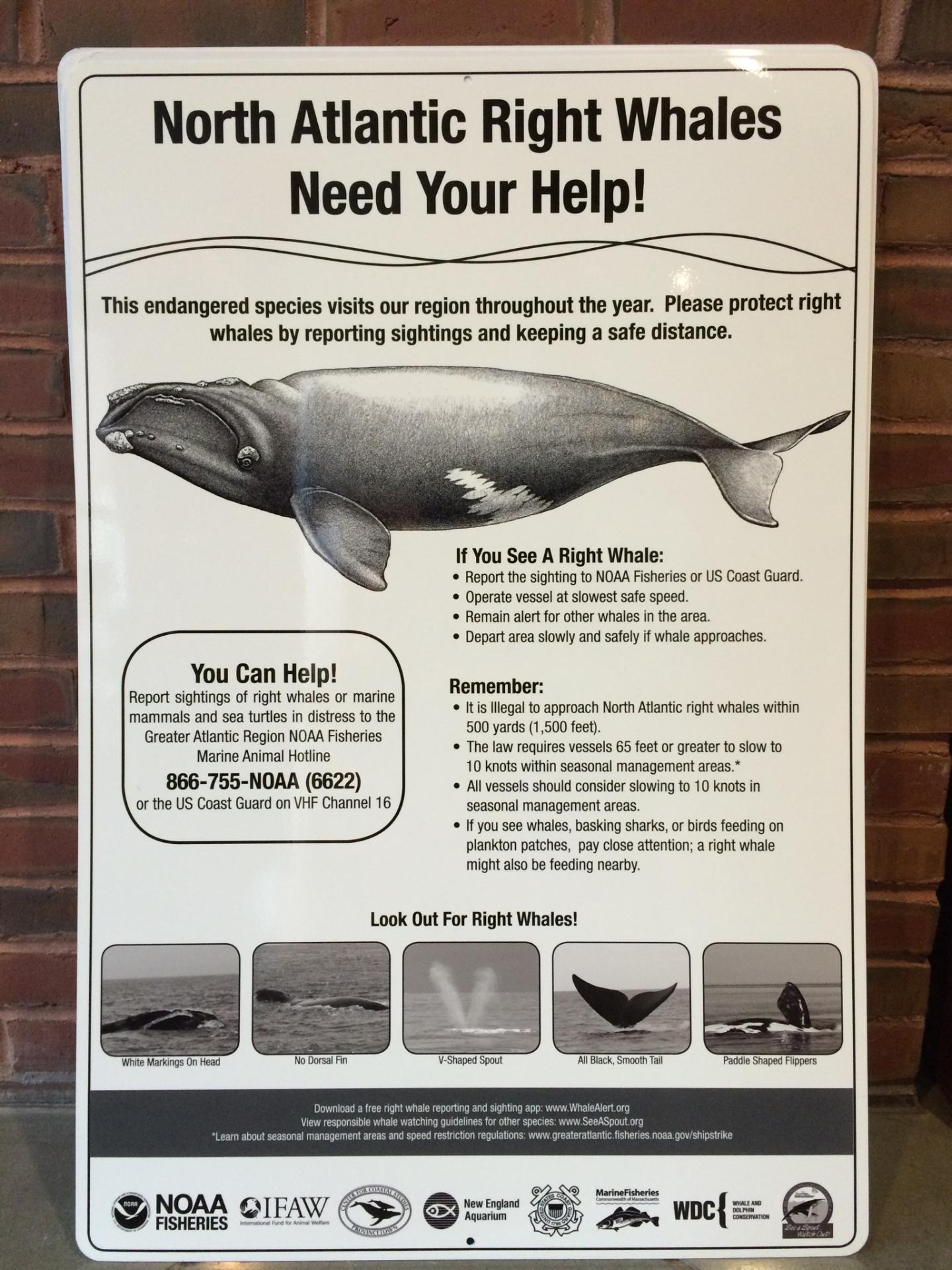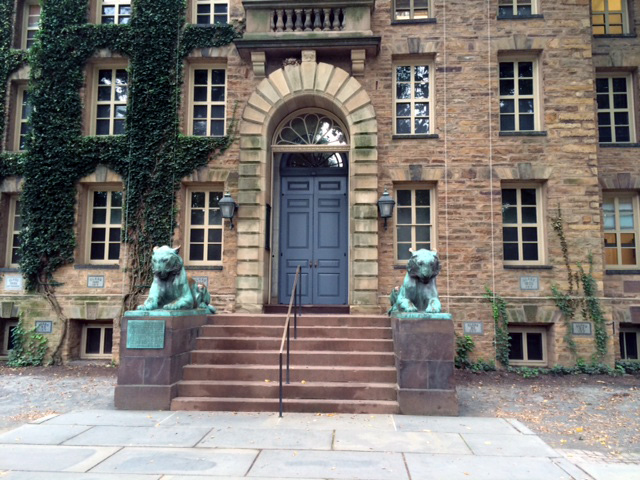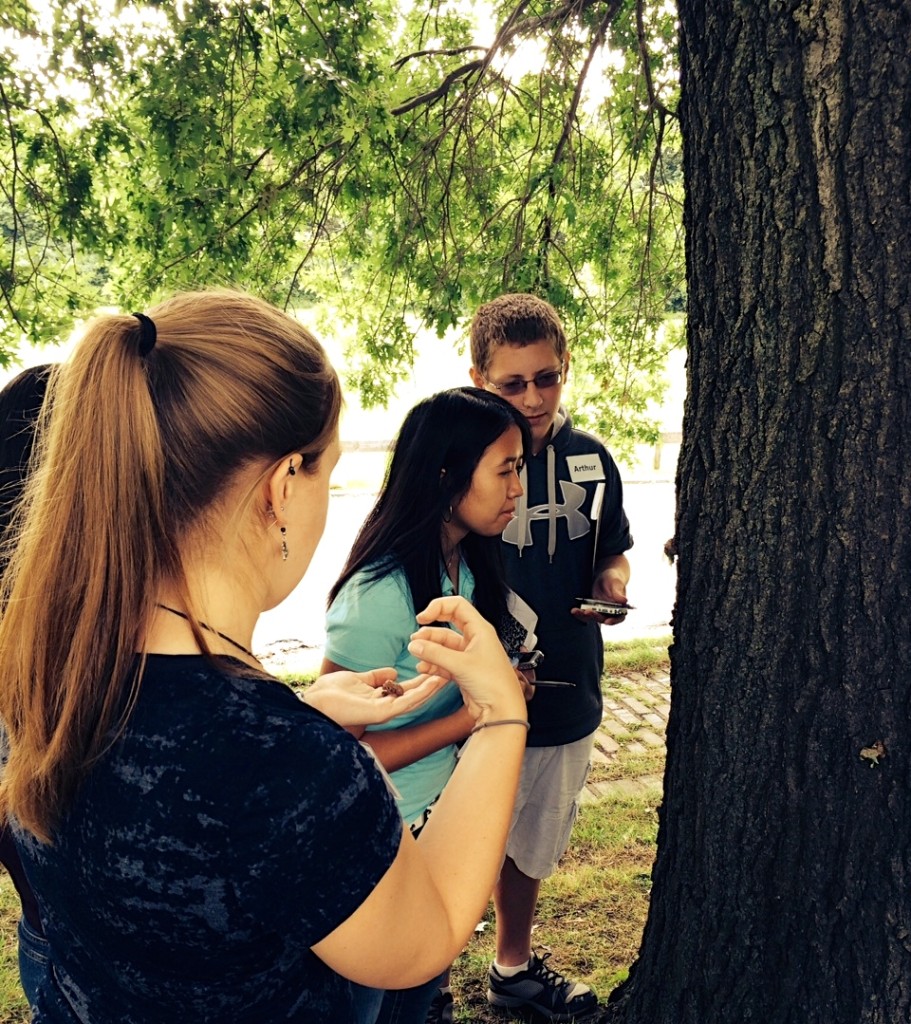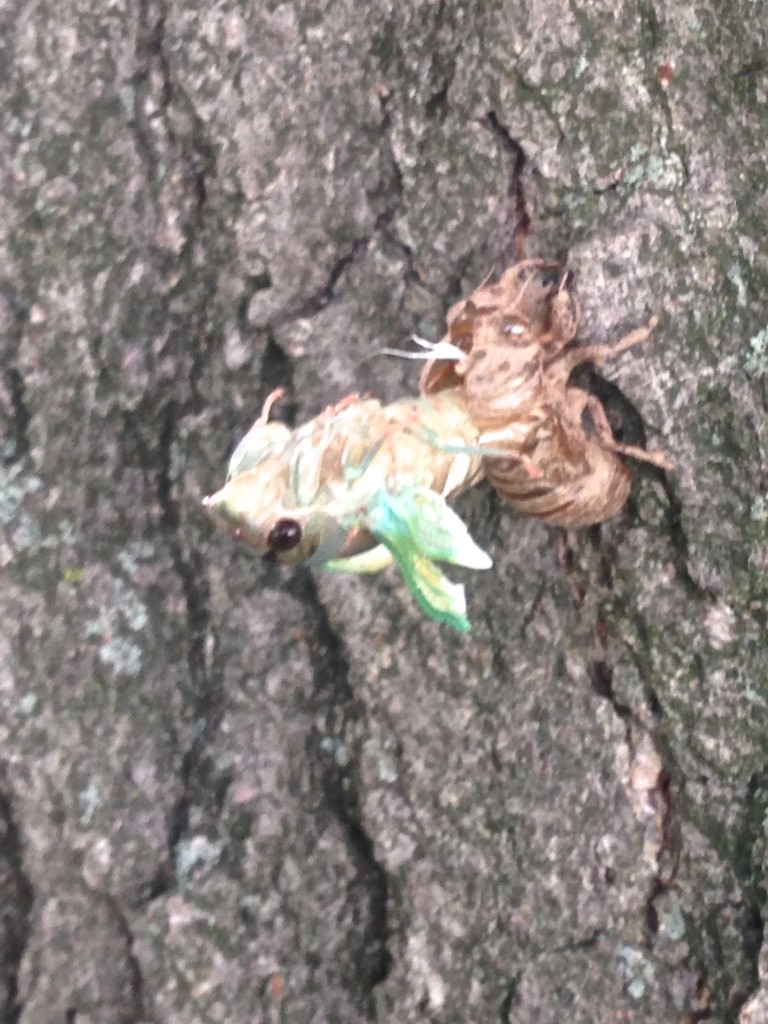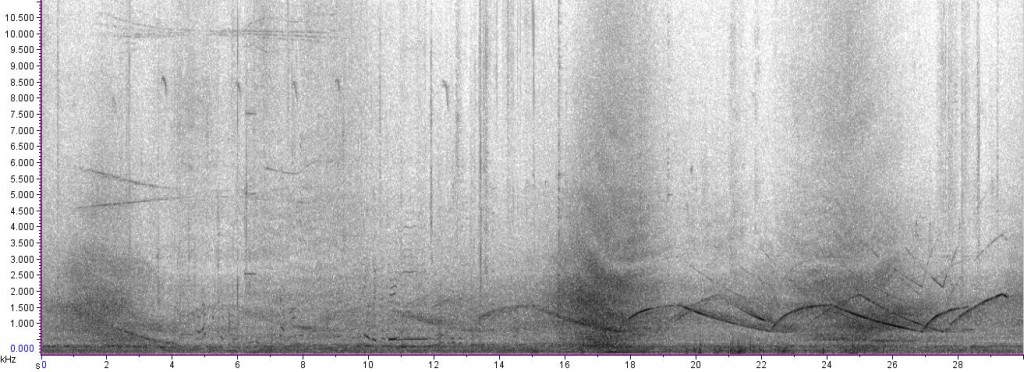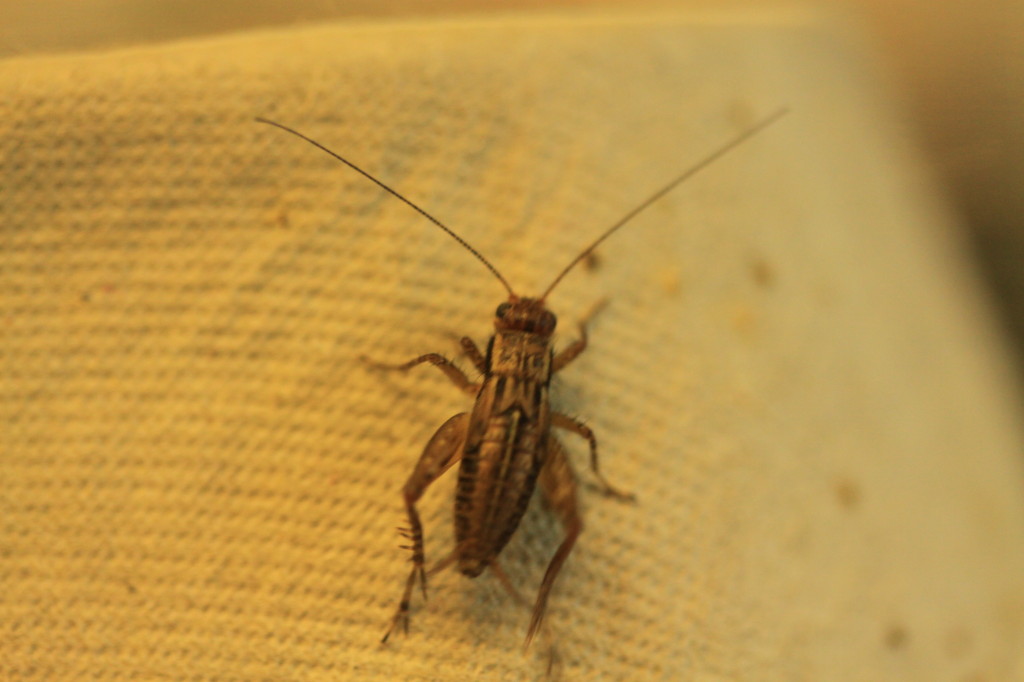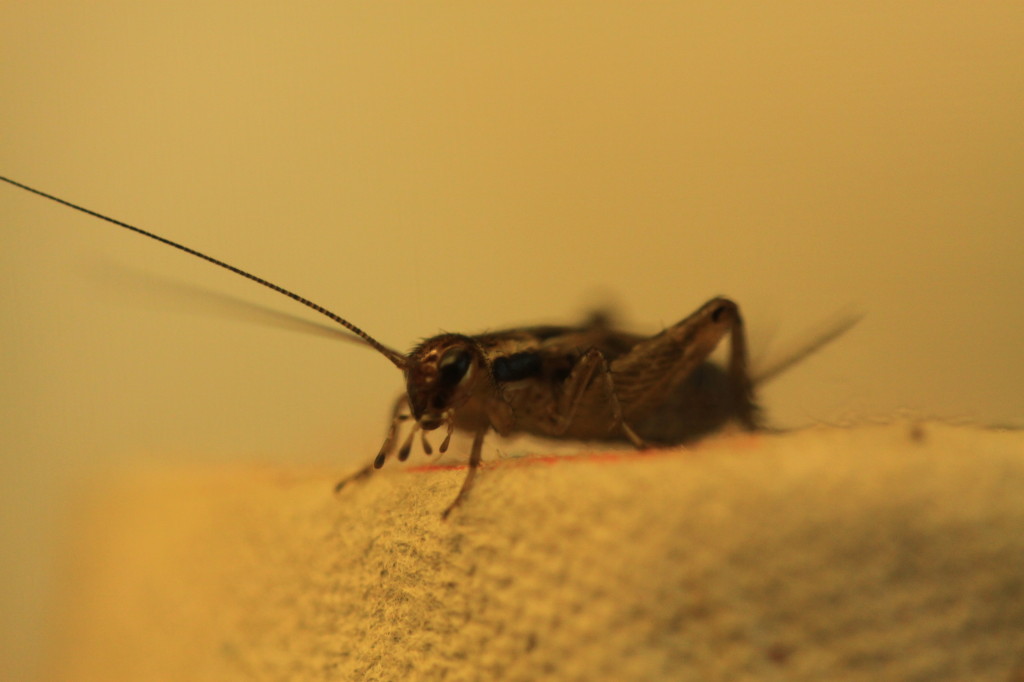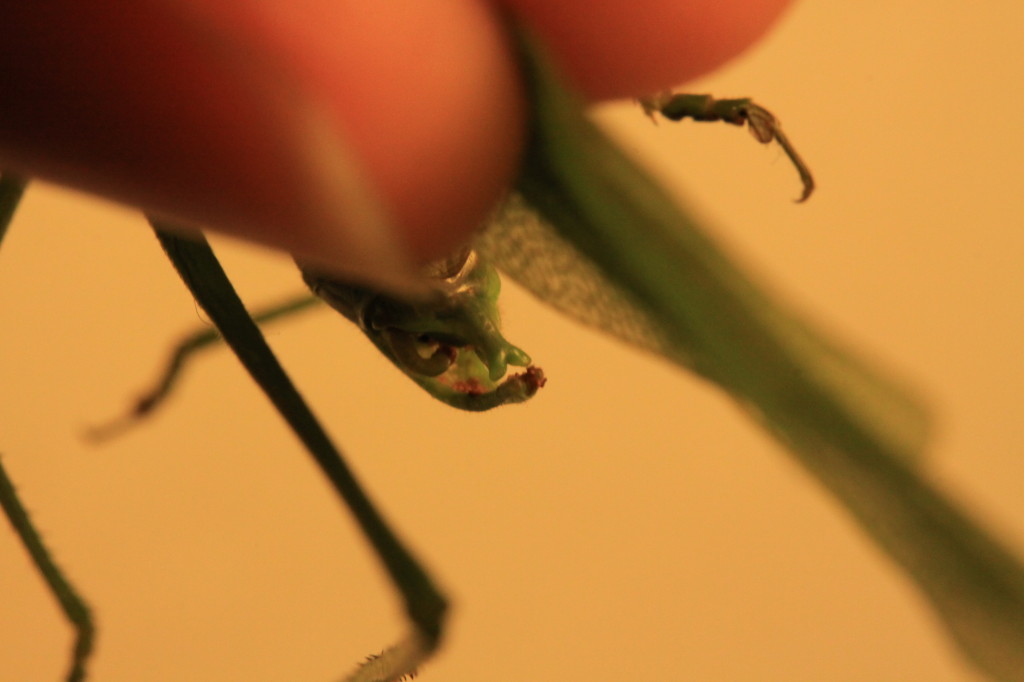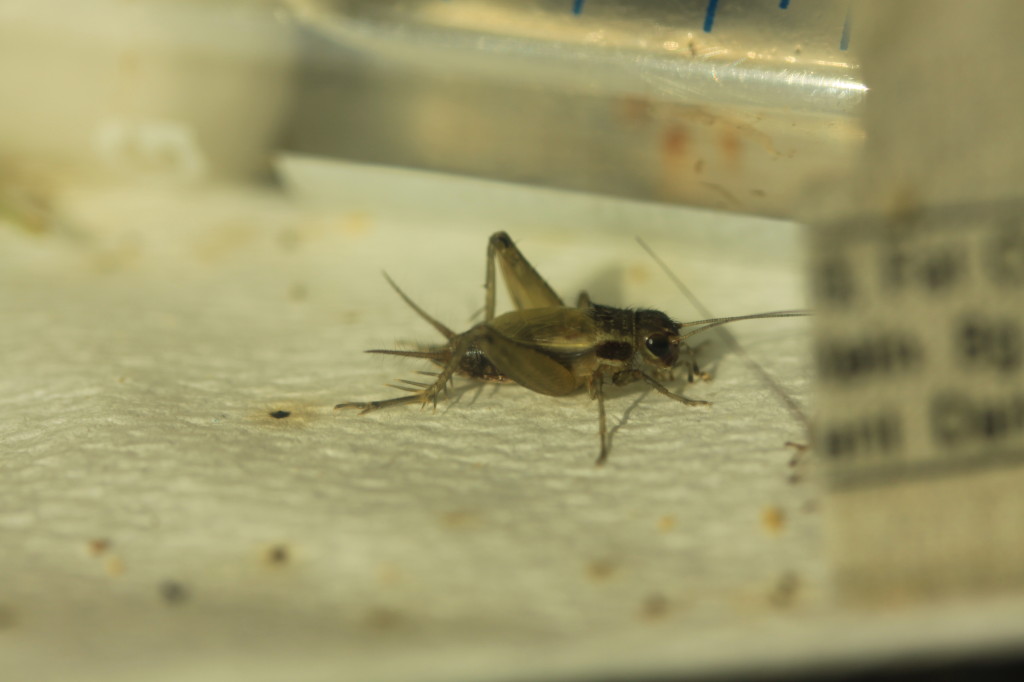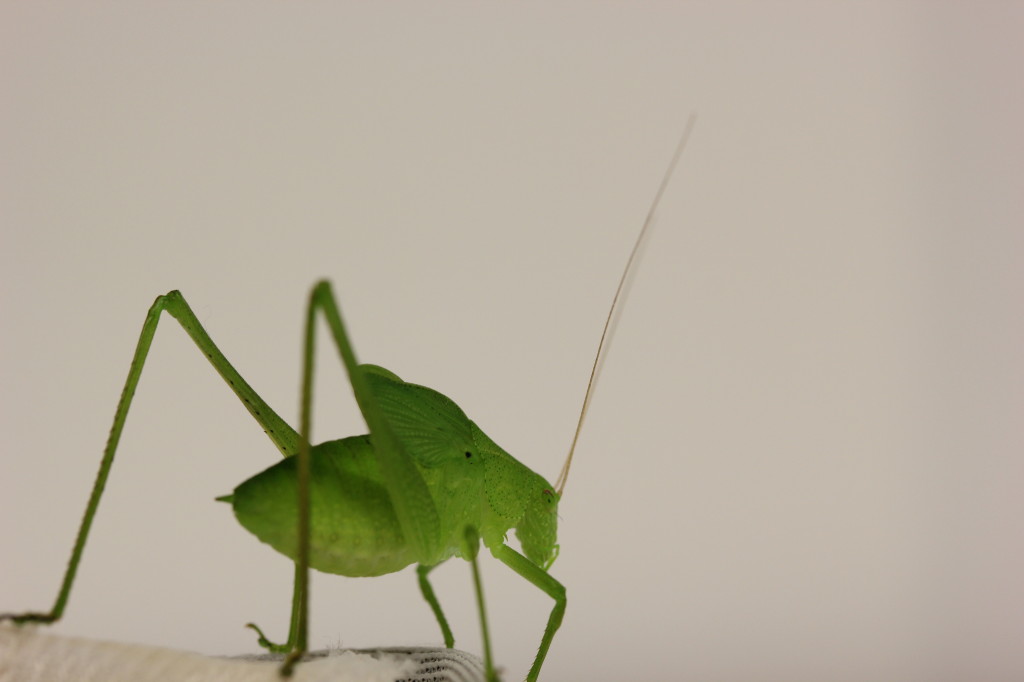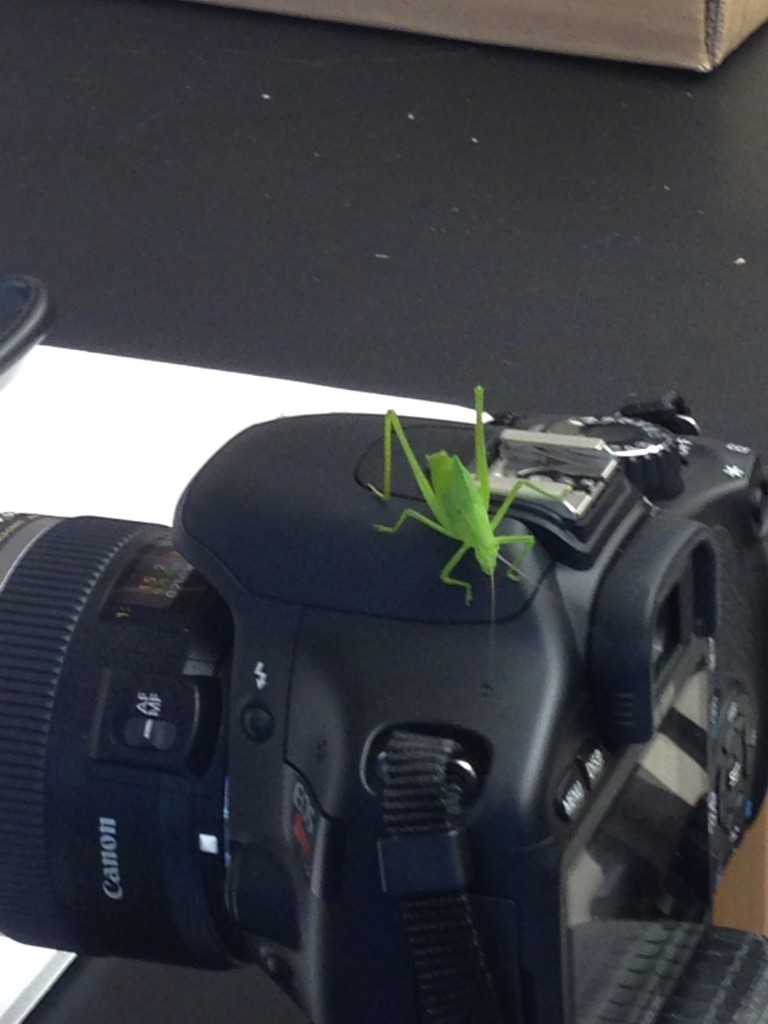By Susan Parks
“Calf!!!!”…Shouting this abruptly while a passenger in a moving car is probably not the best idea. This is what happened yesterday as I was checking my phone and received the following email:
“…RI WHALE ALERT, 1 ADULT, 1 CALF…”.
Within seconds I was close to tears, as this email indicated that researchers had spotted the first North Atlantic right whale calf born to the species in almost two years. There had been no documented births for North Atlantic right whales during the 2018 winter season, following after a devastating 2017 with 5x the ‘typical’ reported right whale deaths. So this little calf brings hope, to me, and to a group of very special people who work together to conserve this species.
If you aren’t familiar with North Atlantic right whales, I’d direct you to the following website: https://www.narwc.org/. This is the home to the North Atlantic right whale consortium, and amazing organization of individuals from a wide range of backgrounds who work together to find solutions for the conservation of this endangered species. It is an organization where fishermen, lawyers, conservation organizations, government agencies and researchers meet each year to work together for a common goal. For me, this was the intellectual starting point to my independent research career; its annual meeting was the place of my first scientific talk, and its members were mentors for everything I needed to learn about large whale research and conservation. The members of this organization are some of the most amazing people I’ve had the privilege to meet in my life. These people have so much dedication and put in such enormous effort (and blood, sweat, tears, and hours staring at the ocean with no sign of a right whale) to push for the recovery of this species in an international effort.
What also happened yesterday is that I realized that I am a “right whale biologist”. Often people ask me to define my area of research and depending on the audience the answer might be biologist, marine biologist, or bioacoustician. While these labels are more inclusive of the all the research that I do, “right whale biologist” is a better identifier for what has most shaped my career. My first scientific paper in 2003 was focused on North Atlantic right whale research for my Ph.D., and my most recent paper in 2018 continues to explore how understanding the acoustics and behavior of right whales can aid in their protection. Research in my lab group encompasses a wide range of species these days (from crickets and penguins to elephants and whales), but right whale conservation stays a major focus in my life, 20 years after I saw my first right whale and attended my first consortium meeting. This meeting is still the one I look forward to each year, for a sense of community that I don’t find anywhere else.
Each year the consortium comes together at its annual consortium meeting, which Julia Zeh described in our last blog post. At the right whale consortium meeting in New Bedford, MA this year, I was able to snap a picture with three of the consortium members who have played major roles in my career.
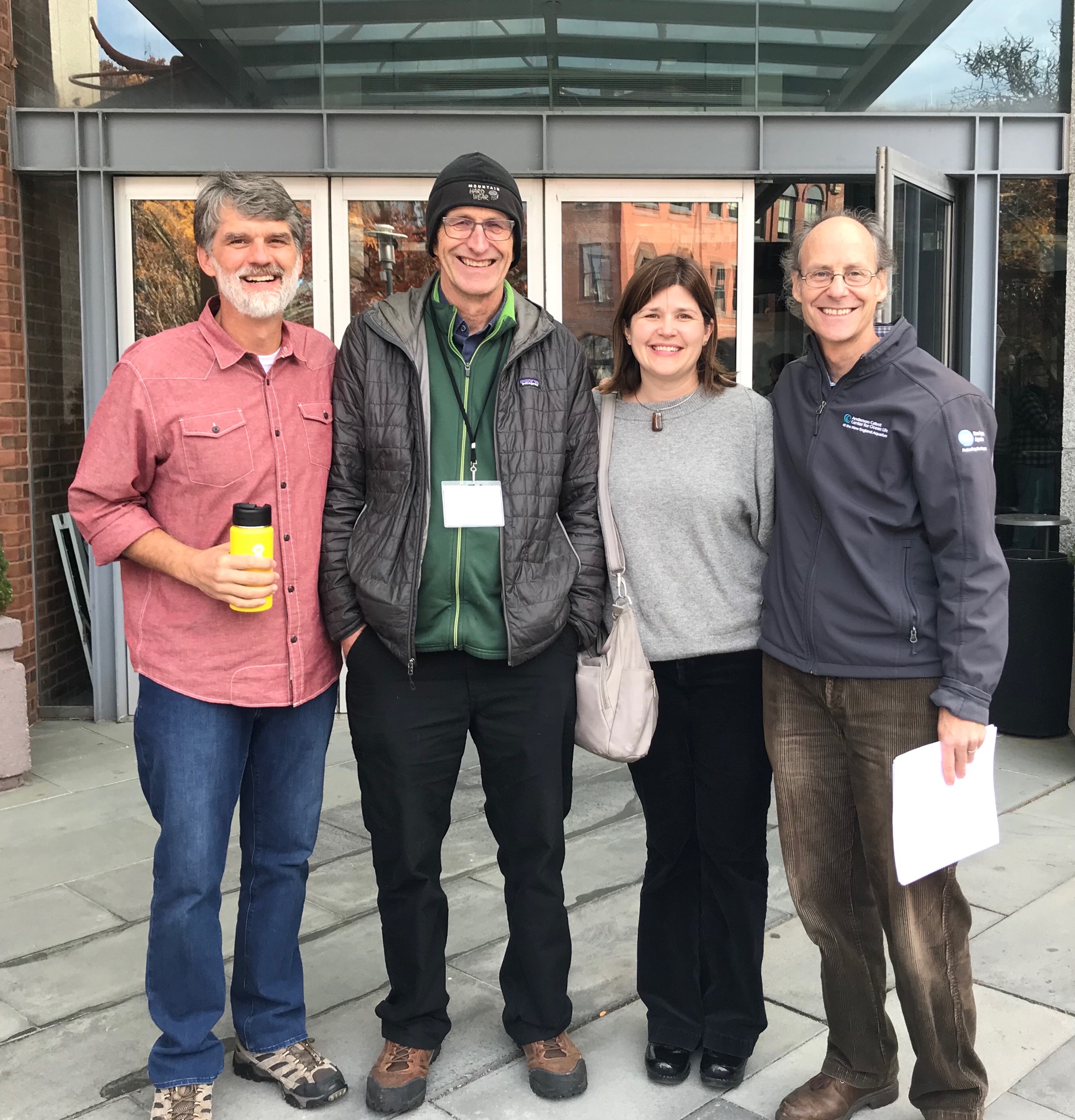 (From left, Doug Nowacek, Michael Moore, me, and Philip Hamilton)
(From left, Doug Nowacek, Michael Moore, me, and Philip Hamilton)
I want to end this year with a special thank you to them, and to all the other members of the consortium, who have help me, and helped right whales, over the years. Even now, there is hope for this species, in large part due to the dedication of consortium members.
Thank you all and here’s to right whales in 2019!
